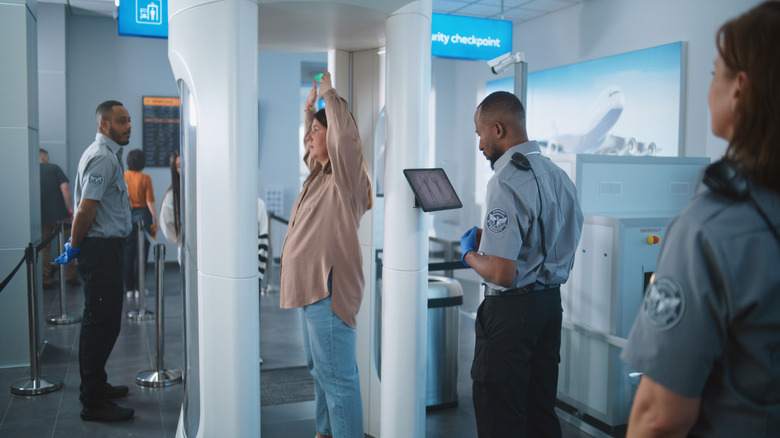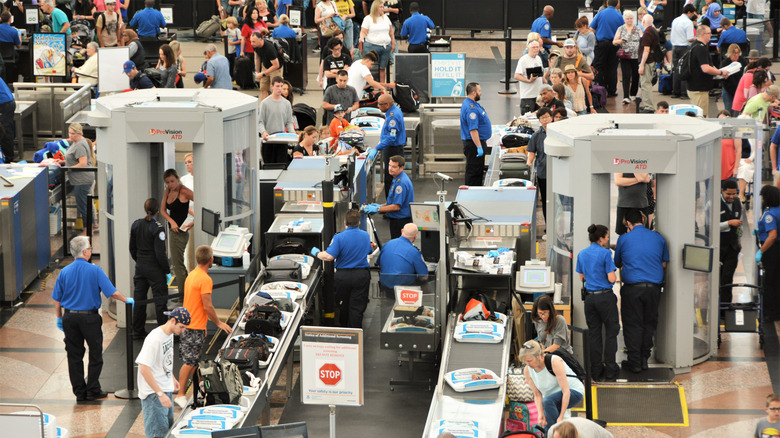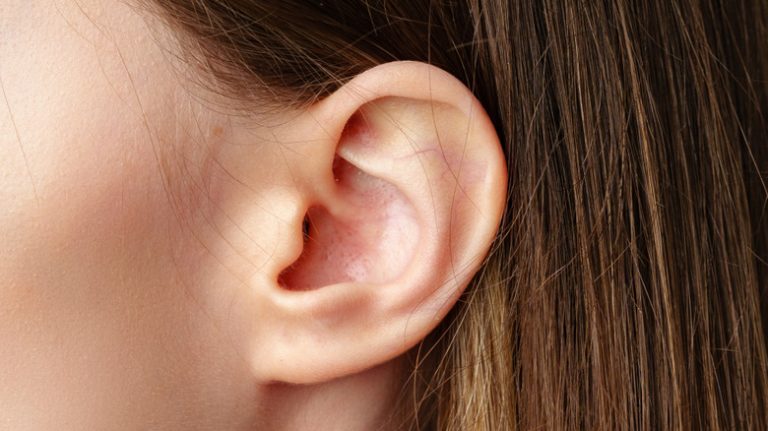
We may earn a commission from purchases made through links.
If you’ve traveled by air since 2010, it’s likely you’ve encountered a TSA body scanner at the airport. These machines, initially introduced in 2007, became more prevalent after an attempted bombing in 2009 at Detroit Airport, where explosives were concealed in a passenger’s underwear. Following this event, the TSA expedited the deployment of body scanners, making them a standard part of security procedures.
Designed to identify weapons, explosives, or other forbidden items, these advanced scanners are now a common feature in U.S. airports. However, some travelers, particularly frequent flyers or those with health issues, continue to question their safety. Do these scanners expose us to harmful radiation? Are there potential risks for children, pregnant individuals, or those with medical devices?
NCPIC consulted with Dr. Jason Singh, Chief Medical Officer of One Oak Medical Group, to provide insights. In short, the health risk posed by these scanners is quite minimal.
TSA scanners pose minimal risk

According to Singh, the current scanners pose minimal health risks, even for frequent travelers.
“TSA primarily uses millimeter wave scanners,” he explained, “which emit non-ionizing electromagnetic radiation at frequencies around 24-30 gigahertz (GHz).” Singh noted that, unlike X-rays, these waves lack sufficient energy to damage DNA by ionizing cellular atoms. To illustrate the low power output, Singh stated it’s approximately 10,000 times less than that of a cell phone. “Thus, the exposure is so negligible that specific protective measures aren’t medically required,” he noted. “However, if you prefer alternatives, you can choose a pat-down screening.”
The TSA indicates that during a pat-down screening, an officer of the same sex will use their hands to search for prohibited items, including on the head, torso, legs, and sensitive areas like the chest and groin. For sensitive areas, the back of the hands is used unless further screening is required. You can also request a private screening and have a companion present. If you have medical conditions or mobility issues, inform the officer. The process is thorough but respectful, and it is explained as it progresses.
Flyers should focus on these health tips instead

Singh emphasized that frequent flyers should prioritize other health aspects since the scanner-related risks are extremely low.
One suggested focus area is hydration. As per Abbott, airplane humidity levels generally range from 10% to 20%, whereas humans typically require 30% to 60% for comfort. Combined with the effects of low oxygen pressure, which can cause water to evaporate from the skin and lungs, this can lead to dehydration. Singh recommends drinking 8 ounces of water per flight hour to mitigate this. Additionally, ensure you’re receiving adequate nutrition, he advised. (Here’s the safest way to eat on an airplane.)
Another consideration is circadian support, such as light therapy and melatonin, to lessen jet lag effects. A portable lightbox like the Verilux HappyLight Mini can easily fit inside a suitcase or carry-on for portable light therapy. According to a 2002 systematic review and meta-analysis by the Cochrane Collaboration, a starting dose of 2-3 milligrams of melatonin is effective for managing jet lag. It should be taken at nightfall on each travel day.
Lastly, Singh recommends moving around the cabin to increase blood flow and reduce blood clot risk. Wearing compression stockings and staying hydrated can also help reduce your risk (per HSS). However, wearing tight jeans on a plane is not advisable.




